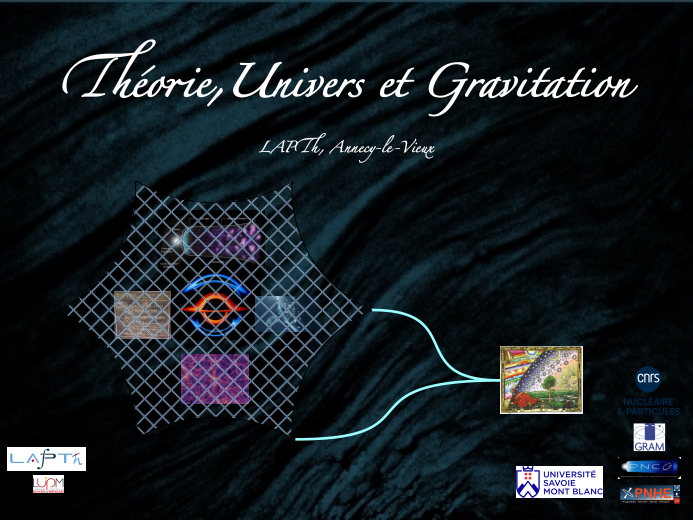Orateur
Description
The statistical properties of the primordial curvature perturbations are a key ingredient of the success of the LCDM model in explaining the Universe as we observe it today. In simplest models of inflation initial fluctuations are Gaussian for all practical purposes, and measurements of the CMB bispectrum by the Planck satellite constrain any deviation from the Gaussian regime in a part in ten thousand. On the other hand, the theoretical target for the amplitude of Primordial Non-Gaussianities (PNG) in the initial perturbations is roughly an order of magnitude smaller than what Planck has measured. We have almost saturated the information content in the CMB, and any further improvement will likely come from the late-time distribution of galaxies or any other tracers of the Large Scale Structure (LSS) of the Universe.
I will present constraints on the amplitude of local PNG, $f_{\rm NL}$, using the quasar sample in the Sloan Digital Sky Survey IV extended Baryon Oscillation Spectroscopic Survey (eBOSS) Data Release 16 (DR16) from https://arxiv.org/abs/2309.15814. We analyze the power spectrum monopole, testing for the presence of scale-dependent galaxy bias induced by local PNG. Our analysis makes use of optimal redshift weights that maximize the response of the quasar sample to the possible presence of non-zero PNG. We find $-4

